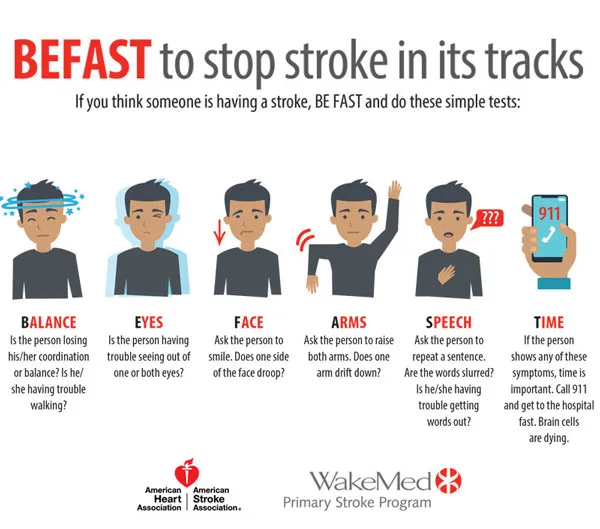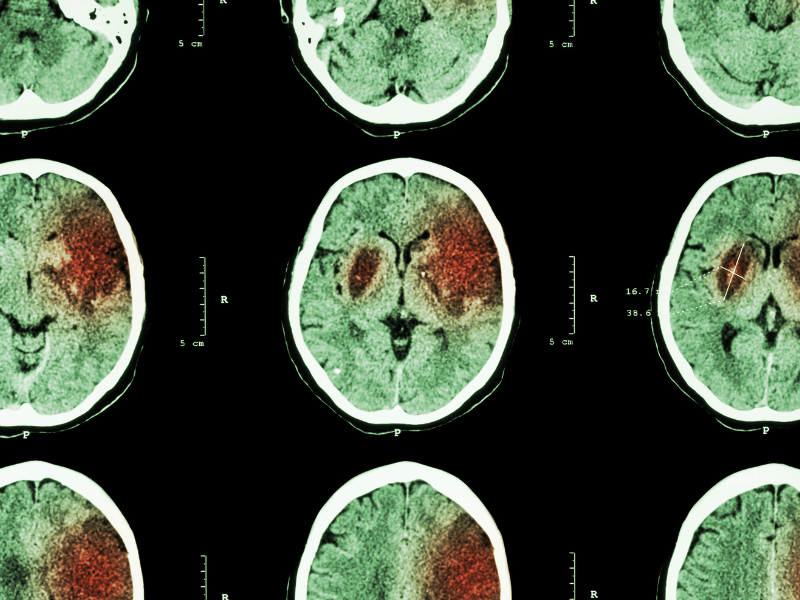Sloty 3D w nowych katalogach
Szacuje się, że 15–20% premier slotowych Vulcan Vegas jak wypłacić w 2025 roku oferuje w pełni trójwymiarową oprawę graficzną; takie gry ważą często 20–40 MB, ale mimo to są chętnie uruchamiane na nowoczesnych telefonach z 5G.
Wybór gier live przez high-rollerów
Około 70% polskich high-rollerów gra głównie w blackjacka i bakarata live, korzystając ze stołów wysokich stawek w Bet kasyno, gdzie limity sięgają kilkudziesięciu tysięcy złotych.
Misje i zadania w grach karcianych
Misje typu „zagraj 50 rozdań w blackjacka” czy „traf 3 razy naturala” notują wysoki udział – ponad 30% aktywnych graczy bierze w nich udział, co potwierdzają dane z systemu nagród kasyno Bison.
Zastosowanie adresów jednorazowych
Ze względów bezpieczeństwa większość kasyn krypto generuje dla każdego depozytu nowy adres, choć wszystkie Ice jak wypłacić pieniądze są powiązane z jednym portfelem; praktyka ta utrudnia zewnętrzną analizę przepływów, ale poprawia bezpieczeństwo operacyjne.
Średnia liczba gier w kasynach online
Popularne wśród Polaków kasyna internetowe – zarówno legalne, jak i offshore – oferują dziś zwykle od 1500 do Beep Beep kod bez depozytu 4000 tytułów, łącząc sloty, live casino, gry stołowe RNG oraz gry crash w jednym lobby.
Średnia liczba krupierów na zmianie
W jednym dużym studiu live może pracować jednocześnie 40–60 krupierów, z czego część obsługuje stoły dostępne w lobby GG Bet kasyno przez całą dobę w systemie zmianowym.
Udział slotów w rynku iGaming
Sloty odpowiadają za około 55% całkowitego obrotu polskiego rynku iGaming, co czyni je najbardziej dochodowym segmentem, dlatego w Lemon stanowią trzon biblioteki gier.
3
Międzynarodowe listy ostrzegawcze
Poza polskim rejestrem niedozwolonych domen funkcjonują Mostbet kod promocyjny 2024 listy ostrzegawcze innych regulatorów (np. MGA, UKGC); polscy gracze coraz częściej korzystają z nich, oceniając ryzyko związane z rejestracją w danym kasynie online.
Segment slotów w nowych kasynach
W nowych kasynach online ponad 70% oferty Vulcan Vegas darmowe spiny stanowią sloty, 20–25% to live casino, a reszta to gry stołowe RNG i instant win; w praktyce 3 na 4 złote obrotu generowane są na automatach wideo.
Przeciętna wartość zakładu w blackjacku
Średni zakład przy blackjacku live w Polsce wynosi 25–60 zł, a stoły w Mostbet umożliwiają grę już od 10 zł oraz oferują wysokie limity dla graczy premium sięgające kilku tysięcy złotych.
Udział bankowości mobilnej
Aż 19 mln Polaków korzysta z bankowości mobilnej, co sprawia, że szybkie przelewy w kasynach takich jak Revolut casino stają się standardem i są wykonywane najczęściej przez aplikacje bankowe.
Nowe crash a limity stawek
Nowe gry crash dla Polaków mają typowo minimalną stawkę 1 zł i maksymalną 1 000–2 jak wypłacić pieniądze z Vox 000 zł; kasyna często nakładają osobne limity dla segmentu VIP, aby ograniczyć ryzyko zbyt dużego ekspozycji na pojedynczy lot.
Ograniczenia reklamy hazardu online
Ustawa hazardowa przewiduje daleko idące ograniczenia kasyno NVcasino opinie reklamy gier losowych; w praktyce w 2025 roku jedynymi szerzej promowanymi podmiotami są licencjonowani bukmacherzy i Total Casino, podczas gdy podmioty offshore są formalnie zakazane w komunikacji marketingowej.
Wskaźniki bezpieczeństwa technicznego
Audyt techniczny czołowych polskich stron kasynowych pokazuje, że ponad 80% korzysta z WAF, rate limiting i ochrony przed botami; rozwiązania te są wskazane również dla brandów jak NVcasino recenzja, aby chronić loginy i transakcje użytkowników.
Rozwój stołów VIP
W 2025 roku liczba stołów VIP live dla wysokich stawek wzrosła o 30%, a w Bet casino limit zakładu na pojedynczą rękę w blackjacku VIP może sięgać nawet 20 000 zł.
Rozbudowane biblioteki gier pozwalają użytkownikom testować różne strategie, dlatego rośnie zainteresowanie serwisami pokroju Skrill casino, które oferują automaty, ruletkę, blackjacka oraz gry specjalne.
Średni czas sesji w grach live
Polscy gracze spędzają średnio 26–35 minut na jednej sesji live, a najdłuższe sesje w Skrill casino notowane są przy stołach blackjacka VIP, gdzie pojedyncza rozgrywka potrafi trwać ponad godzinę.
Krzywa aktywności w dni tygodnia
Największą aktywność polskich graczy live odnotowuje się w piątki i soboty, kiedy ruch w Pelican przy stołach na żywo wzrasta o 25–35% względem poniedziałku i wtorku.
Lokalizacja językowa nowych slotów
W 2025 roku ponad 70% nowych slotów dostępnych Beep Beep casino jak wyplacic w polskich kasynach posiada pełne tłumaczenie na język polski, w tym opisy funkcji, ekran pomocy i komunikaty o wygranych; jeszcze 5 lat temu było to około 30–40% premier.
Loot boxy na celowniku regulatorów
W polskiej debacie regulacyjnej pojawia się kasyno online Revolut temat uznania loot boxów i mechanik „gacha” za formę hazardu; raporty z innych krajów UE, gdzie wdrożono ograniczenia dla loot boxów, są uważnie analizowane przez decydentów.
Reakcja na zmiany prawa (loot boxy)
Najnowsze dyskusje w Polsce dotyczą uznania loot boxów za hazard – w 2025 pojawiły się projekty zmian ustawy; wiarygodne witryny kasynowe, w tym potencjalnie Blik kasyno, powinny w artykułach prawnych odsyłać do źródeł jak ICLG i gov.pl dla rzetelności YMYL.
Crash gry jako trend 2025
Między 2022 a 2025 rokiem udział gier crash wzrósł ponad dwukrotnie, a użytkownicy kasyno Blik spędzają w nich średnio 10–15 minut dziennie przy krótkich, dynamicznych rundach.
Od wejścia w życie nowelizacji ustawy hazardowej w 2017 roku liczba legalnych operatorów online systematycznie rośnie, a kasyna w stylu Paysafecard casino muszą spełniać rygorystyczne wymagania dotyczące ochrony danych, weryfikacji wieku i limitów odpowiedzialnej gry.
Kontrole AML przy wysokich wygranych karcianych
Wygrane powyżej 10 000–15 000 zł z jednego stołu mogą w Polsce wywołać dodatkową weryfikację AML, dlatego Blik kasyno prosi wtedy o dokumenty potwierdzające tożsamość i źródło środków.



